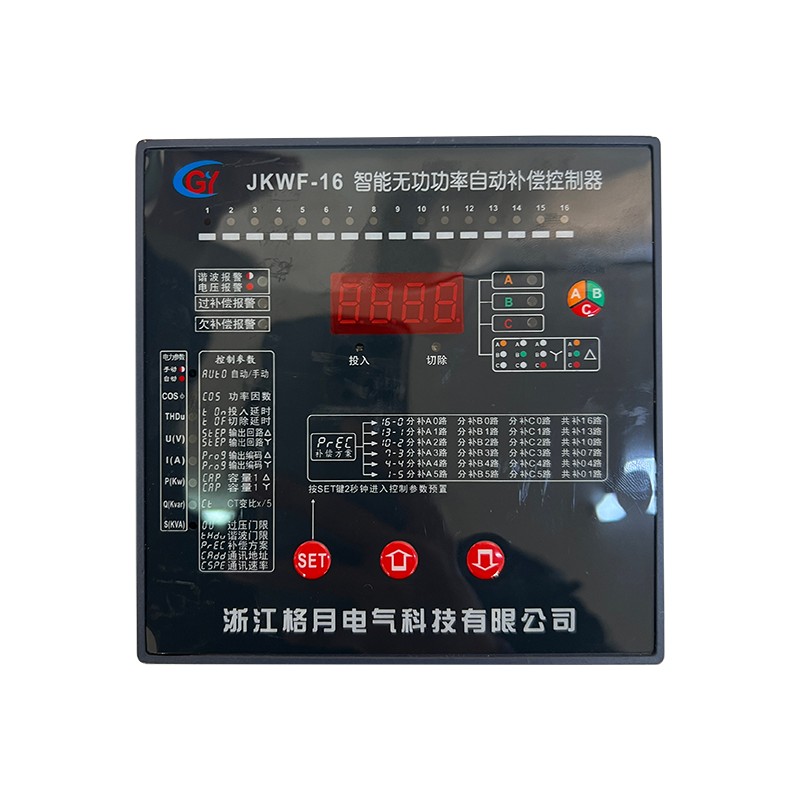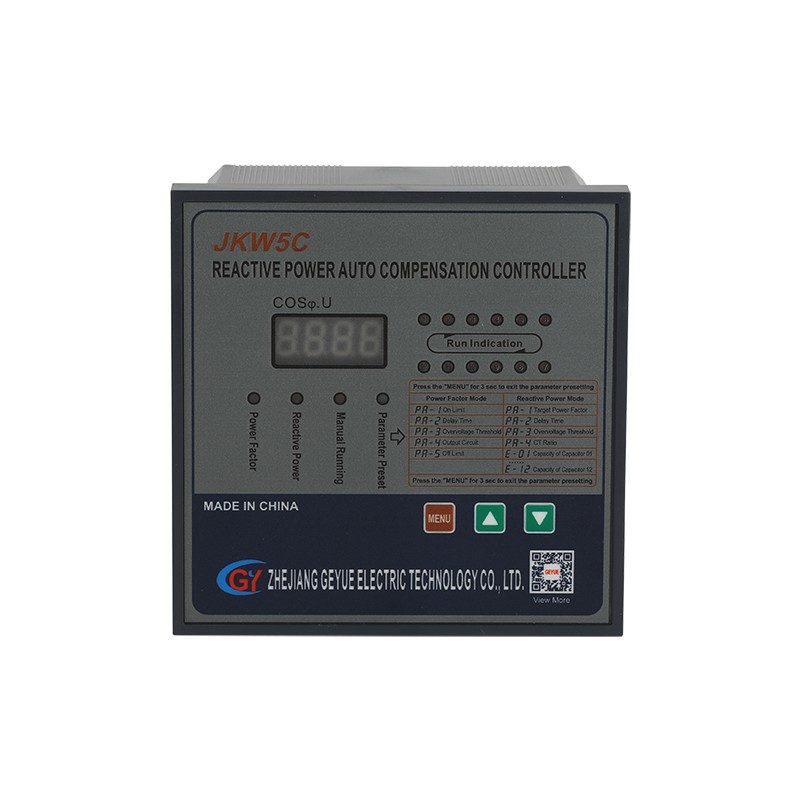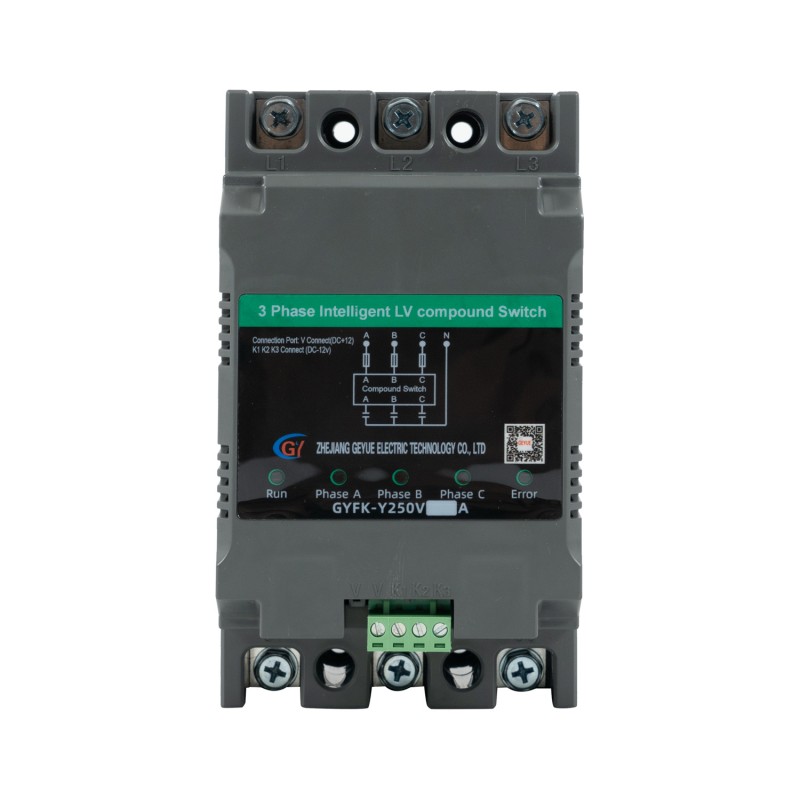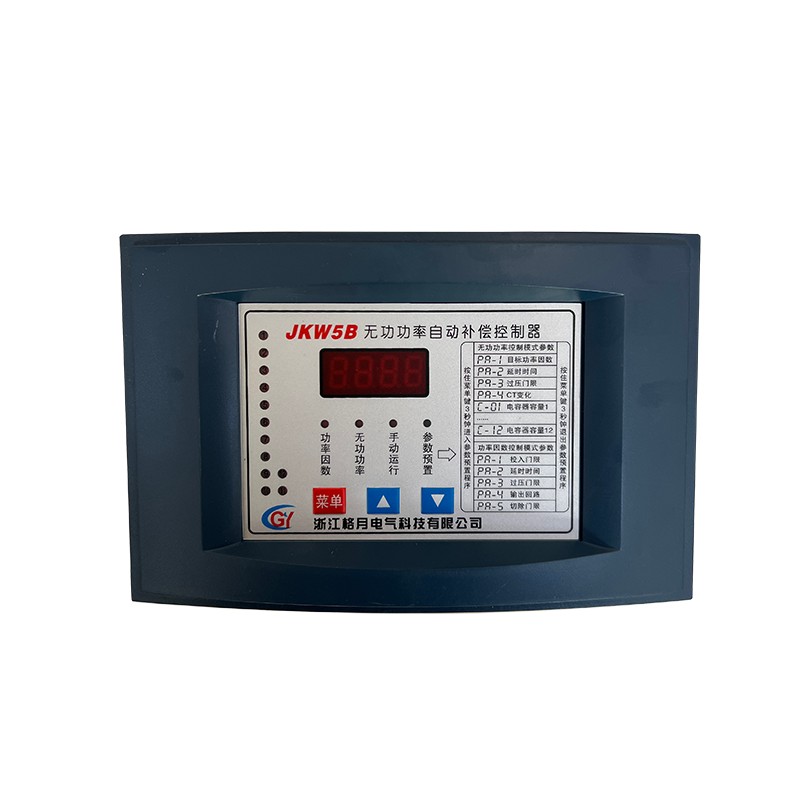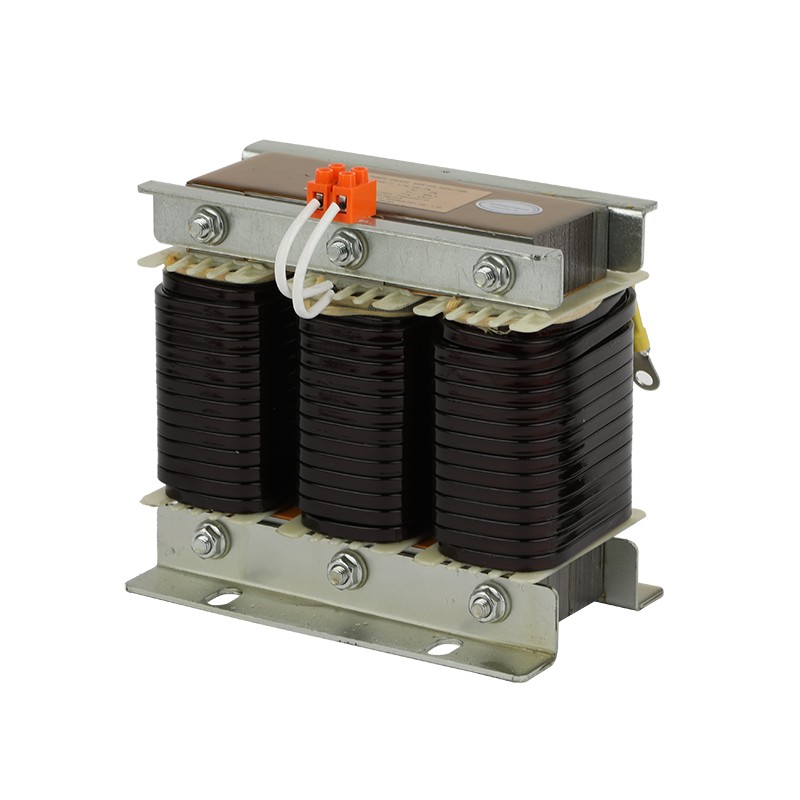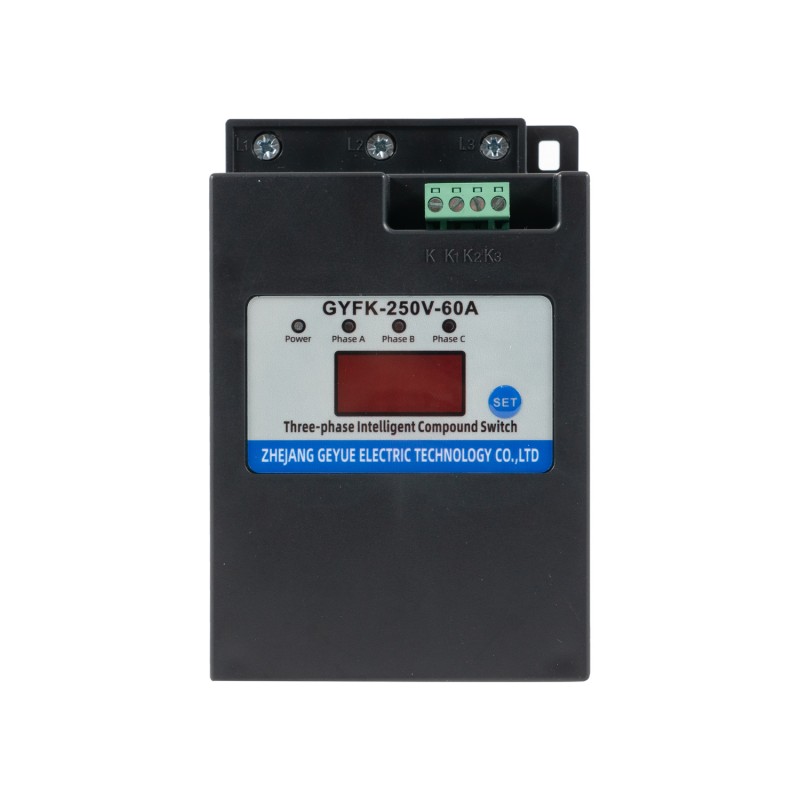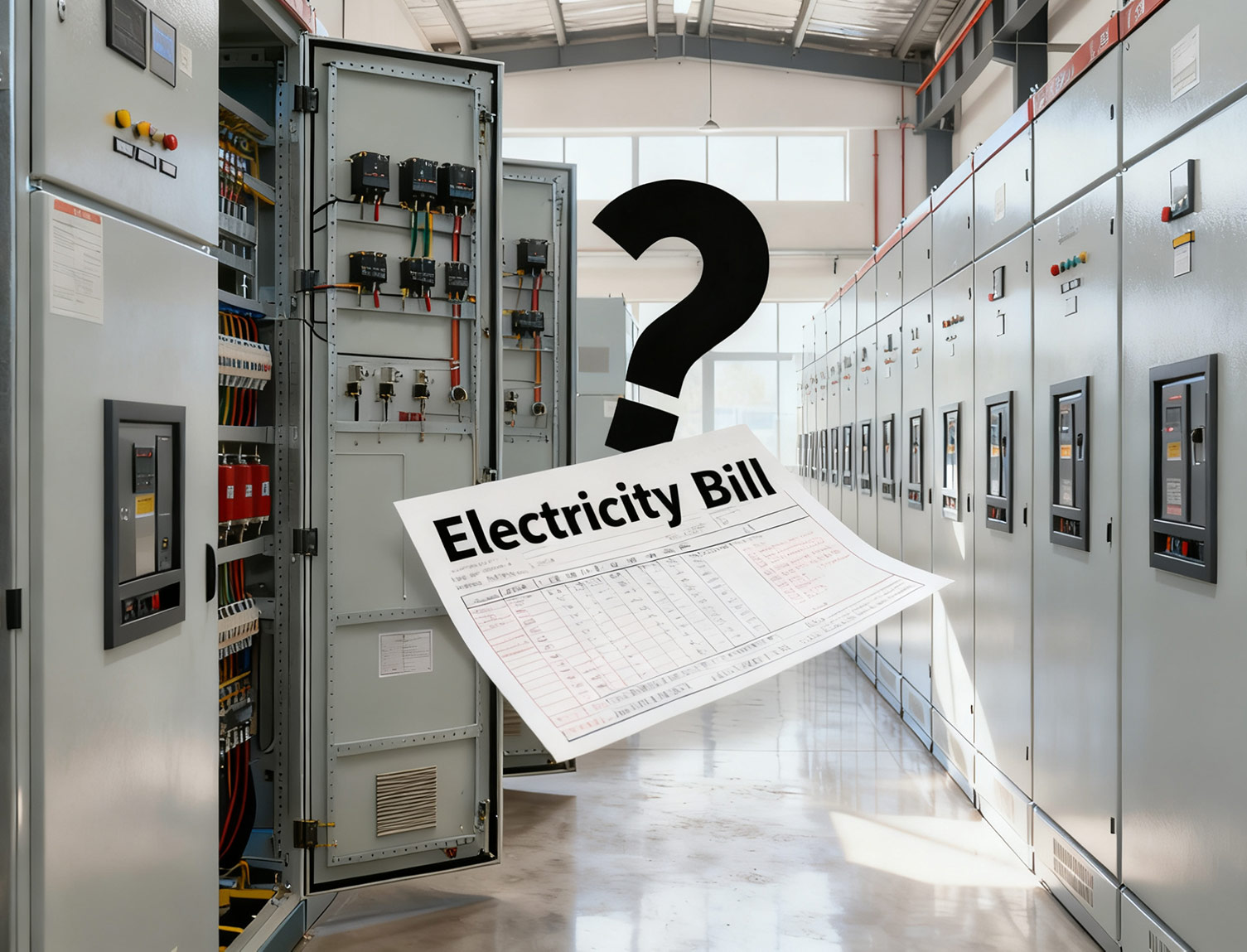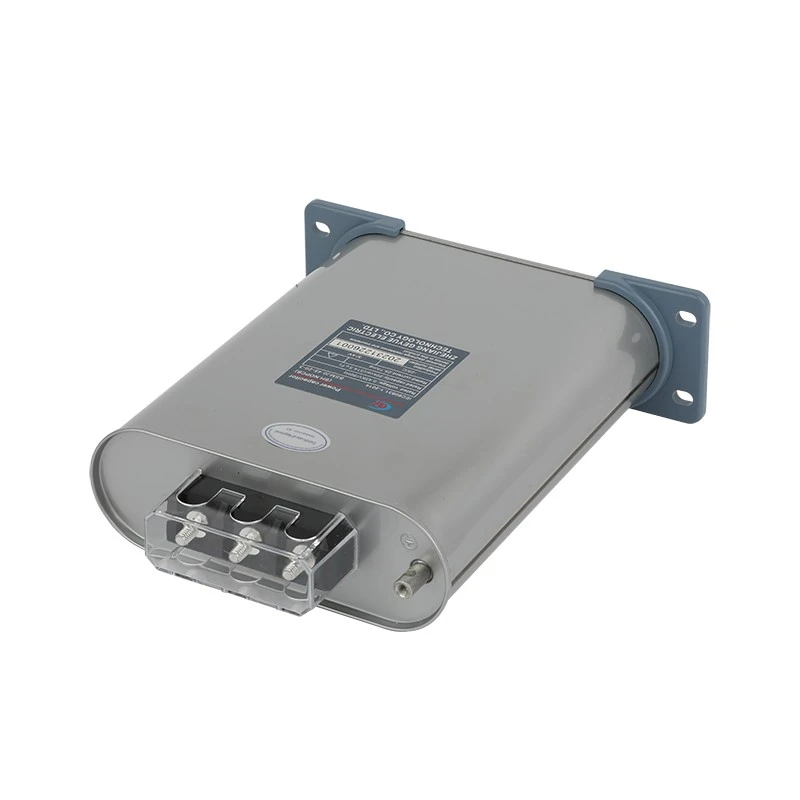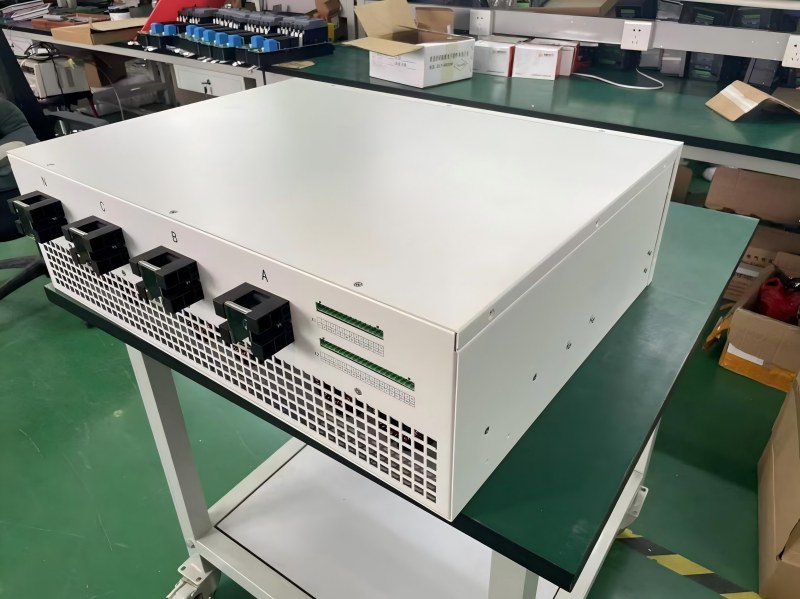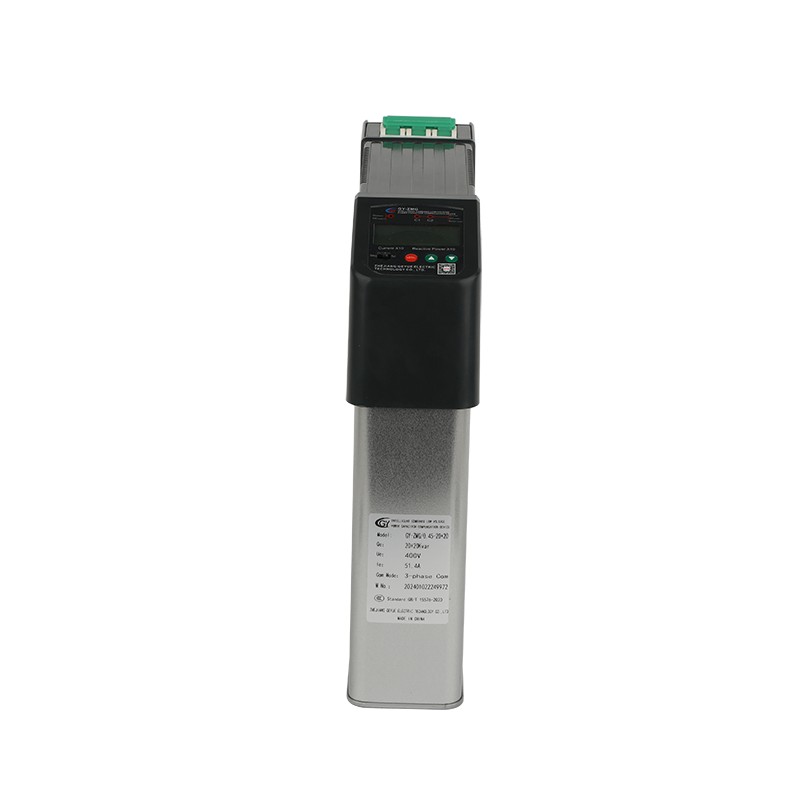Comparison and Typical Application Scenarios of Compensation Intelligent Low Voltage Power Capacitor VS Power Auto Compensation Controller
In a power system dominated by inductive loads, equipment operation needs to absorb a large amount of reactive power. Compensation intelligent low voltage power capacitor or Power auto compensation controller can be used to solve this problem. Although the two have the same goals, there are differences in functions and usage scenarios, and many users may not be very clear about how to choose. This article will compare the core differences between the two from three dimensions: hardware composition, functional scope, and cost difference. Combined with typical scenarios such as factories, shopping malls, and new energy power stations, this article will help users clarify the selection direction and choose the most appropriate solution according to actual needs to avoid insufficient energy saving effects due to equipment mismatch.
What is a compensation intelligent low voltage power capacitor?
The Intelligent Capacitor is a complete set of power system equipment used to optimize the efficiency of power grid operation. It can independently complete power grid detection, calculation and compensation actions. The reactive power compensation device is mainly composed of capacitor banks, reactors, electronic switches, and controllers.
When there is excessive reactive power in the power grid, the device will detect the decrease in power factor through the control unit and automatically switch the capacitor bank within 0.02-0.2 seconds, reducing the proportion of reactive power from 40% to less than 5%, and automatically optimizing the efficiency of the power grid.
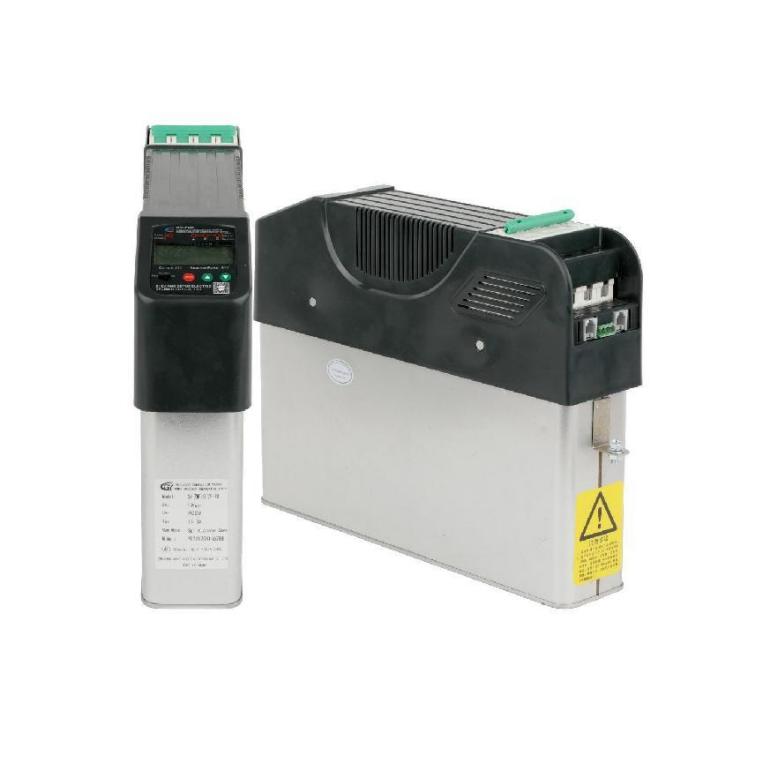
What is reactive power auto compensation controller?
The reactive power auto compensation controller is the core component of the device, which is mainly responsible for real-time monitoring of grid data, intelligent calculation of compensation requirements, and commanding the switching of capacitors. The controller does not contain capacitors and switches, and requires an external capacitor cabinet to work properly.
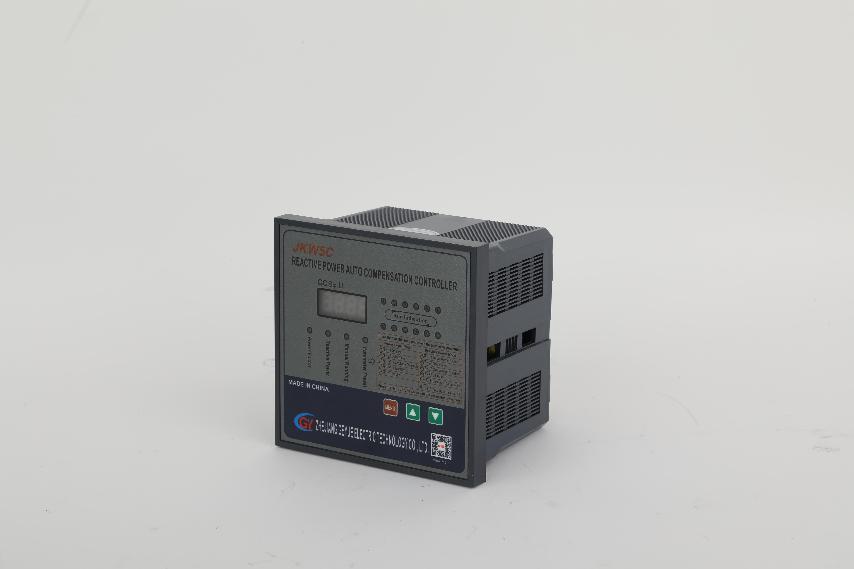
Intelligent capacitor vs Power auto compensation controller: three core difference
|
Comparison Dimensions |
Intelligent capacitor |
Reactive power auto compensation controller |
|
Function |
Complete power system equipment |
Single control unit |
|
Components |
Contains capacitors, reactors, switches, controllers, and a complete set of hardware, as well as a cooling system. Plug and play. (For example: A new factory can directly install a set of devices without any additional configuration) |
Contains real-time monitoring chip, compensation algorithm software, and communication interface. It requires external capacitor cabinet and switch to operate. (For example: the old distribution room retains the capacitor cabinet and only upgrades the controller to achieve automation) |
|
Use threshold |
Ready to use |
Professional adaptation required |
|
Example |
Suitable for users who have little knowledge of electricity, the manufacturer provides overall debugging services |
Suitable for users who understand capacitor grouping and wiring matching and have professional electricians |
|
Cost |
High cost |
Low cost |
|
Maintenance |
The cooling system needs to be repaired and the capacitor replaced |
Need to upgrade software and debug interface |
Summary: The two belong to the relationship between the overall system and the control components.
Typical usage scenarios
New projects with large electricity consumption, such as shopping malls, factories, and hospitals, usually require a complete power solution. Intelligent capacitor can be directly installed to solve the problems of detection, compensation, and protection at one time, eliminating the need for subsequent upgrades and renovations.
In photovoltaic or charging station scenarios, the power grid changes quickly and requires high response speed. Intelligent capacitor are preferred to ensure fast adjustment capabilities. The controller may not respond quickly enough due to insufficient performance of external devices.
If the user already has a capacitor cabinet but uses manual control, then installing a Power Auto Compensation Controller can upgrade to automation, which has low operation costs and short transformation cycle.
Some users with smaller electricity consumption can use a controller with a capacitor cabinet to meet their needs. Compared with Intelligent capacitor, this can reduce costs and avoid over-investment.
- Can Cylinder Self-healing Shunt Capacitor Become the Ideal Choice for the Smart Grid Era?
- Apart from Saving Electricity Costs, What Value does Low-Voltage Reactive Power Compensation Bring to Enterprises?
- How does the Temperature Dependence of a Capacitor's Capacitance Value affect the Tuning Point of a Detuned Filter Circuit?
- Is There a Non-Invasive Way to Monitor the Internal Health of Power Capacitors, Such as Their Equivalent Series Resistance (ESR)?
- What Is the Concept of "Reactive Power Banking" or "Reactive Power Dispatch" in a Smart Grid Context?
- What Are the Recycling and Disposal Plans for Self-Healing Shunt Capacitors after the End of Their Life Cycle?

